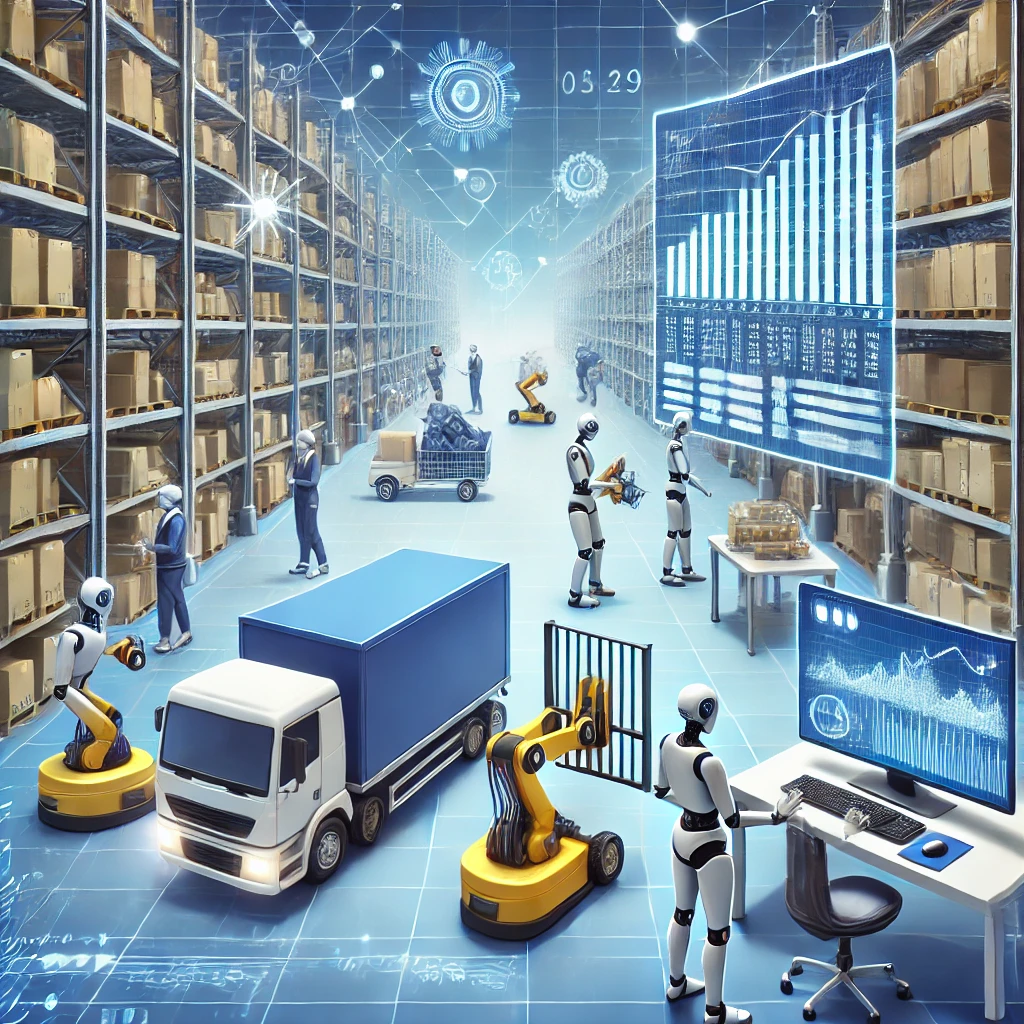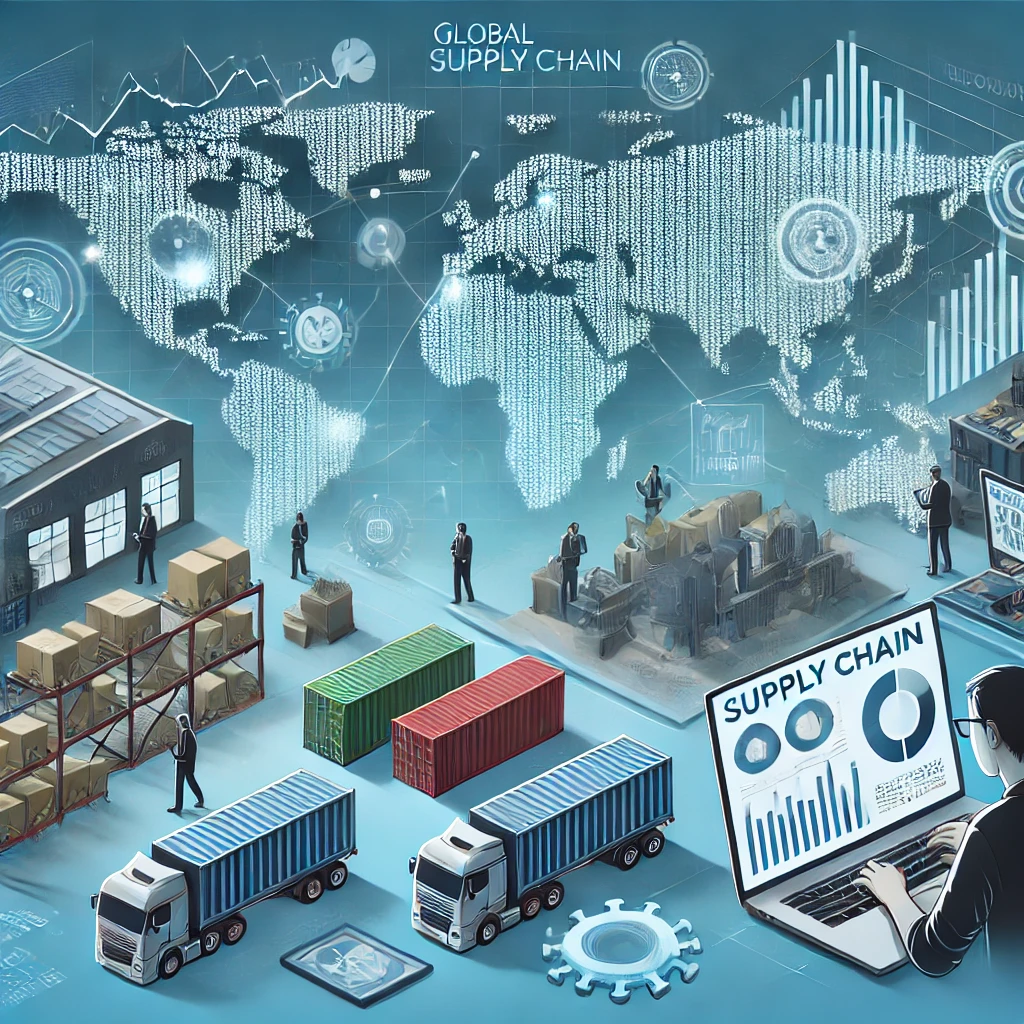
As businesses move forward, they must draw on the lessons from the COVID-19 pandemic. Automation is essential for routine operations, but human creativity, foresight, and adaptability will always be necessary to navigate unpredictable challenges. By investing in both resilience and efficiency, companies can safeguard their operations from future disruptions. The key is finding a balance that ensures continuity, no matter what lies ahead.
Human Oversight: The Critical Factor in Crisis Management
Automation plays a crucial role in driving efficiency, but navigating crises like the pandemic requires human insight. Teams must anticipate disruptions, establish contingency plans, and build flexible relationships with suppliers. By combining automation with human oversight, businesses can better position themselves to withstand sudden shocks.
The Role of Automation: Enhancing Flexibility and Efficiency
Technological advances, particularly in AI and machine learning, provide businesses with tools to automate routine tasks, such as demand forecasting and inventory management. These systems can optimize operations and reduce waste, allowing for a more flexible approach to supply chain management. However, automation alone cannot respond to irregular, unpredictable events, making human input indispensable.
Finding the Balance Between Resilience and Efficiency
The trade-off between resilience and efficiency is a pressing issue in today’s volatile world. Lean, highly efficient supply chains may be cost-effective, but they are vulnerable to disruptions. On the other hand, investing heavily in resilience can increase operational costs. Businesses must strike a balance to maintain both profitability and readiness for future challenges.

The Shift Toward Resilient Supply Chains
During the pandemic, companies began to realize the importance of resilience. No longer could they focus solely on efficiency; instead, they needed flexible, agile supply chains. Diversifying suppliers, creating redundancies in logistics, and building buffer stocks became essential for mitigating risk. The shift toward resilience was a critical response to the vulnerabilities exposed by the pandemic.
The Vulnerabilities of Lean Supply Chains
COVID-19 revealed the fragility of lean supply chains. Companies that relied on single-source suppliers or narrowly optimized logistics systems faced severe disruptions. Factories shut down, materials became scarce, and shipping routes were bottlenecked. Organizations that hadn’t built redundancies into their operations struggled to meet customer demand, facing revenue loss and reputational damage.
Lean Supply Chains: Optimized but Fragile
Before the pandemic, many companies embraced the lean supply chain model, focusing on reducing excess and fine-tuning operations for maximum efficiency. Kaizen, or continuous process improvement, was central to this approach, supported by real-time data dashboards and centralized control systems. However, these highly optimized supply chains were not designed to cope with the unpredictable disruptions that the pandemic brought.
Introduction: The Pre-Pandemic Lean Supply Chain Model
Before 2020, companies worldwide prioritized lean supply chains, focusing on reducing inventory and improving efficiency. By minimizing waste and ensuring just-in-time (JIT) delivery, they could cut costs and optimize production. However, while this approach offered cost benefits, it left companies vulnerable to unforeseen disruptions—vulnerabilities that the COVID-19 pandemic soon exposed.
For more news and insights: Supply Chain & Logistics
Source: Lessons for Modern Supply Chains



